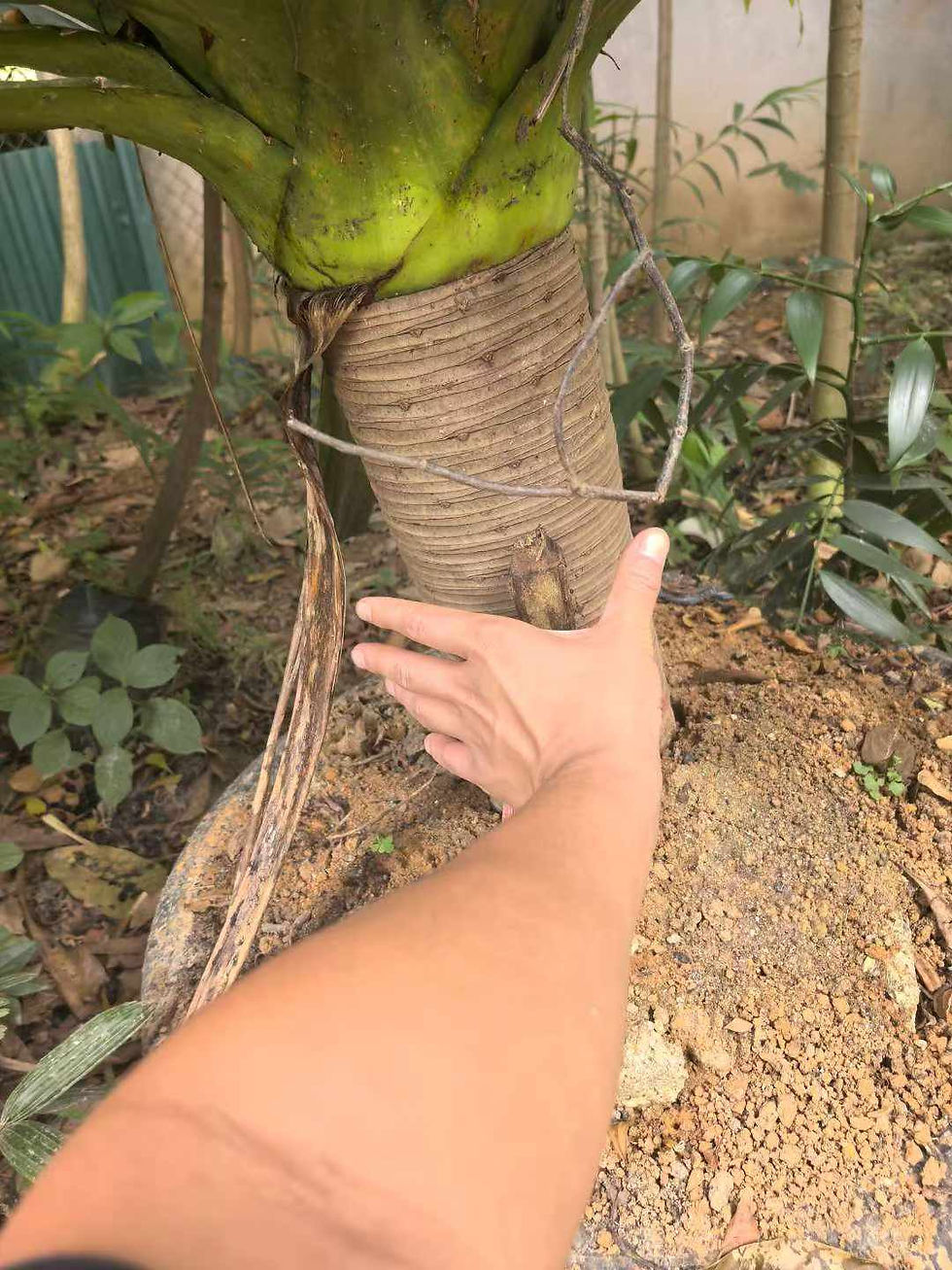Hovenia acerba seeds mature in October.枳椇 zhi ju
Trees large, 10-25 m tall. Branchlets brown or black-purple, brownish pilose or glabrous, with conspicuous white lenticels. Petiole 2-5 cm, glabrous; leaf blade broadly ovate, elliptic-ovate, or cordate, 8-17 × 6-12 cm, thickly papery to papery, abaxially glabrous or pilose on veins or in vein axils, adaxially glabrous, base truncate or cordate, rarely subrounded or broadly cuneate, margin finely serrulate, in upper or nearly terminal leaves ± conspicuously dentate, rarely subentire, apex acuminate. Inflorescences brownish pilose. Flowers 5-6.5 mm in diam., in terminal or axillary, symmetrical, dichasial cymose panicles. Sepals 1.9-2.2 × 1.3-2 mm, glabrous. Petals clawed, elliptic-spatulate, 2-2.2 × 1.6-2 mm. Disk pubescent. Style 1.7-2.1 mm, ± deeply branched, glabrous or pilose. Fruit yellow-brown or brown at maturity, subglobose, 5-6.5 mm in diam., glabrous or pilose; fruiting peduncles and pedicels dilated and ± fleshy. Seeds dark brown or blackish purple, 3.2-4.5 mm in diam. Fl. May-Jul, fr. Aug-Oct.

































